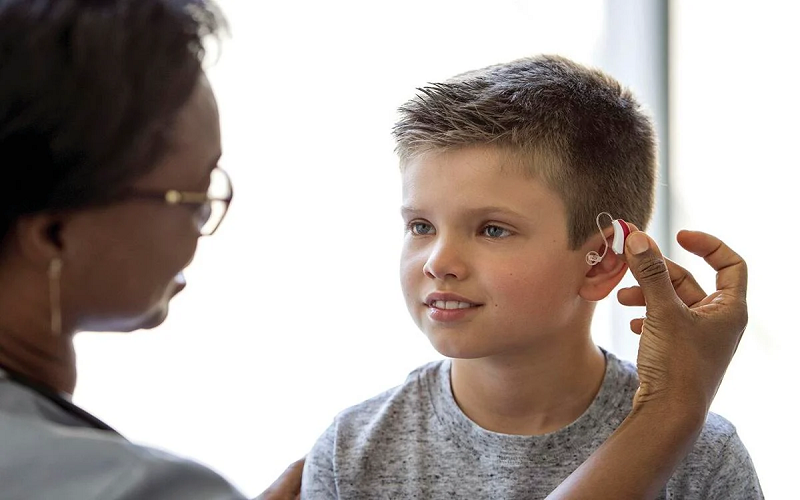Hearing loss can be a difficult reality for children, affecting their development and overall well-being. Fortunately, technological developments have resulted in the development of sophisticated paediatric hearing aids in Singapore, which provide a lifeline for children with auditory problems. In this post, we’ll look at the most important considerations that parents should consider while selecting hearing aids for their children.
1. Early Intervention and Diagnosis
The first and most important step in treating paediatric hearing loss is early intervention and diagnosis. If you suspect your child has hearing problems, seek expert help right away. A comprehensive hearing test will not only evaluate the severity of the hearing loss but will also assist healthcare specialists in choosing the best hearing aid solutions. In Singapore, where healthcare standards are strong, parents can locate reliable clinics that provide specialised treatments, such as comprehensive hearing assessments for children.
2. Types of Paediatric Hearing Aids
Understanding the many types of hearing aids available for children is critical to making educated decisions. Behind-the-ear (BTE) and in-the-ear (ITE) are popular styles, each having its own set of benefits. BTE devices are frequently recommended for younger children due to their longevity and ability to accommodate growth. ITE devices, which are more subtle, may be appropriate for older children who are more mindful of their appearance. The choice between these styles is determined by the child’s age, lifestyle, and preferences.
3. Consideration of Lifestyle and Activities
Children have active lives that are full of play, school, and social contact. When choosing a hearing aid, you must evaluate your child’s lifestyle and activities. Aquatic-resistant or waterproof alternatives may be desirable for children who enjoy aquatic activities, but advanced noise-reduction features may be useful in the classroom. Understanding your child’s individual needs and preferences will help you choose a hearing aid that fits easily into their daily routine.
4. Size and Comfort
Comfort is essential, especially for young wearers who may find the idea of wearing hearing aids foreign. To guarantee that your child wears the gadget on a constant basis, choose one that is adequately fitted and comfy. Some hearing aids include soft ear moulds that may be custom-fitted to your child’s ears, ensuring both comfort and an excellent acoustic seal. Regular follow-ups with an audiologist can help you make any required modifications to improve comfort and performance.
5. Tech Features
Modern paediatric hearing aids include various technological features intended to improve functionality and adaptability. Bluetooth connectivity, telecoil technology, and adaptive noise reduction can all help improve a child’s auditory experience. Discussing these alternatives with your audiologist will help you select a device that meets your child’s individual needs and provides the greatest possible hearing support.
6. Ongoing Support and Maintenance
Selecting a paediatric hearing aid is a long-term commitment to your child’s auditory health. Ensure that the gadget you choose includes complete support and maintenance options. Regular follow-up sessions with an audiologist are essential for monitoring your child’s hearing and making any required modifications to the hearing aids. Furthermore, understanding the warranty, maintenance, and replacement policies is critical to long-term satisfaction and effectiveness.
Conclusion
Choosing the correct hearing aid for a child is an important decision that must be carefully considered. Parents play an important part in meeting their child’s auditory demands, from device selection to technical features and continuous assistance. In Singapore, where great healthcare is easily available, parents can use specialised services to help them choose and manage paediatric hearing aids. By addressing hearing loss early and providing appropriate technology, parents may enable their children to confidently navigate the world and appreciate the diversity of sound.

